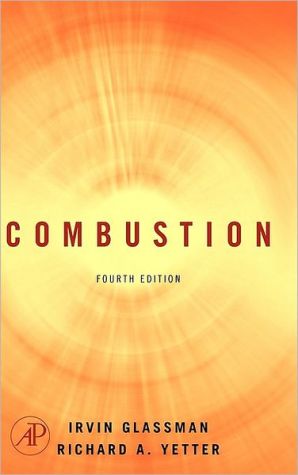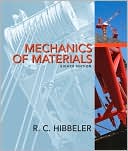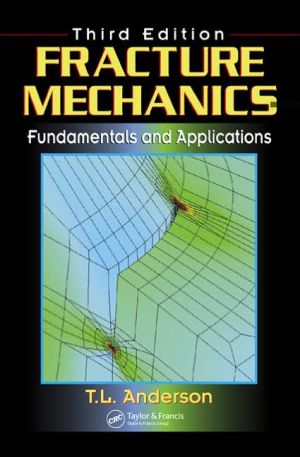Combustion
Combustion Engineering, a topic generally taught at the upper undergraduate and graduate level in most mechanical engineering programs, and many chemical engineering programs, is the study of rapid energy and mass transfer usually through the common physical phenomena of flame oxidation. It covers the physics and chemistry of this process and the engineering applications—from the generation of power such as the internal combustion automobile engine to the gas turbine engine. Renewed concerns...
Search in google:
Combustion Engineering, a topic generally taught at the upper undergraduate and graduate level in most mechanical engineering programs, and many chemical engineering programs, is the study of rapid energy and mass transfer usually through the common physical phenomena of flame oxidation. It covers the physics and chemistry of this process and the engineering applications—from the generation of power such as the internal combustion automobile engine to the gas turbine engine. Renewed concerns about energy efficiency and fuel costs, along with continued concerns over toxic and particulate emissions have kept the interest in this vital area of engineering high and brought about new developments in both fundamental knowledge of flame and combustion physics as well as new technologies for flame and fuel control.*New chapter on new combustion concepts and technologies, including discussion on nanotechnology as related to combustion, as well as microgravity combustion, microcombustion, and catalytic combustion—all interrelated and discussed by considering scaling issues (e.g., length and time scales).*New information on sensitivity analysis of reaction mechanisms and generation and application of reduced mechanisms*Expanded coverage of turbulent reactive flows to better illustrate real-world applications*Important new sections on stabilization of diffusion flames. For the first time, the concept of triple flames will be introduced and discussed in the context of diffusion flame stabilization Booknews Provides students and practicing professionals with the underlying physical and chemical principles of the combustion field. This edition updates the second edition (1987) and corrects a number of printing errors in that edition, as well as providing numerous figures developed from computational combustion codes now available, an expansion of the appendixes to include the most useful combustion data. Annotation c. by Book News, Inc., Portland, Or.
Ch. 1 Chemical Thermodynamics and Flame Temperatures 1Ch. 2 Chemical Kinetics 43Ch. 3 Explosive and General Oxidative Characteristics of Fuels 75Ch. 4 Flame Phenomena in Premixed Combustible Gases 147Ch. 5 Detonation 261Ch. 6 Diffusion Flames 311Ch. 7 Ignition 379Ch. 8 Environmental Combustion Considerations 409Ch. 9 Combustion of Nonvolatile Fuels 495Appendixes 551App. A Thermochemical Data and Conversion Factors 555App. B Adiabatic Flame Temperatures of Hydrocarbons 653App. C Specific Reaction Rate Constants 659App. D Bond Dissociation Energies of Hydrocarbons 693App. E Flammability Limits in Air 703App. F Laminar Flame Speeds 713App. G Spontaneous Ignition Temperature Data 721App. H Minimum Spark Ignition Energies and Quenching Distances 743App. I Programs for Combustion Kinetics 747Author Index 759Subject Index 769
\ BooknewsProvides students and practicing professionals with the underlying physical and chemical principles of the combustion field. This edition updates the second edition 1987 and corrects a number of printing errors in that edition, as well as providing numerous figures developed from computational combustion codes now available, an expansion of the appendixes to include the most useful combustion data. Annotation c. by Book News, Inc., Portland, Or.\ \








